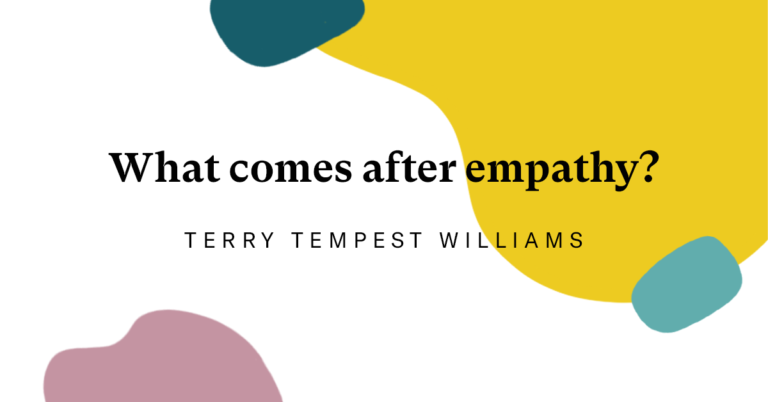Humbled by Beauty in the Universe and in Nature
In 1969, my brother-in-law who is an astrophysicist generously and patiently spent a long afternoon trying to explain black holes to me. After four hours I had a headache, but also a faint understanding of what these huge gravitational sinkholes might be.
The amazing recent discovery of evidence of gravitational waves — ripples in the fabric of space-time that have echoes of the big bang nearly 14 billion years ago — promises many of us a headache. Just as light is bent by gravity, trying to understand this new discovery can be mind bending. I mean, we’re trying to conceive of a billionth of a billionth of a millionth of a second 13.8 billion years ago. Really?
Before news of the discovery was made public, Chao-Lin Kuo, an assistant professor at Stanford, surprised his colleague Andrei Linde, the founding father of the theory of inflation, of BICEP2’s findings. Professor Linde and his wife, Renate Kallosh, who is also a physicist, were enjoying a routine morning when the knock came on their door. To say that Professor Linde was elated at the news would be putting it mildly. But what intrigued me was his scientifically-ingrained reservation and humility, even then. Smiling broadly with somewhat glistening eyes he said in his marked Russian accent, “Let us just hope this is not a trick. I always leave with this feeling, ‘What if I believe unto this just because it’s beautiful?’”
Many adjectives have been used to describe the importance of this newly revealed evidence: monumental, groundbreaking, extraordinary; they are somewhat dry if certainly declarative. Professor Linde’s clear appreciation of the beauty of these generated waves speaks to me of something deeper, not in space-time but in, what one might call, soul-time.
We’re all drawn to beauty, though our views of beauty may differ widely. Beauty speaks to our hearts, to our souls. We’re attracted to it as moths are to flame. Whether we find beauty in music or a painting, in a poem or a person, a mountain top vista, a windswept lake, or the smile of our dog, we know it when we see it. But what exactly are we seeing? My sense is that when we recognize something as beautiful, we feel ourselves connected to it and somehow to its origin. The ripples of appreciation that beauty generates pay tribute to the source from which it stems.
Last week I found beneath some cedar trees a beautiful but dead barred owl. Seemingly unharmed, it was mature and in full, magnificent plumage. Most likely it had starved and frozen. Though it was almost two feet in length, it weighed next to nothing; it was just feathers and bones. It was extraordinarily beautiful and also very sad. And all to whom I showed it gasped at its magnificence and felt, I think like Professor Linde, humbled by the existence of such beauty and the glimmering revelation of its source.
A version of this commentary was originally published on Vermont Public Radio.

